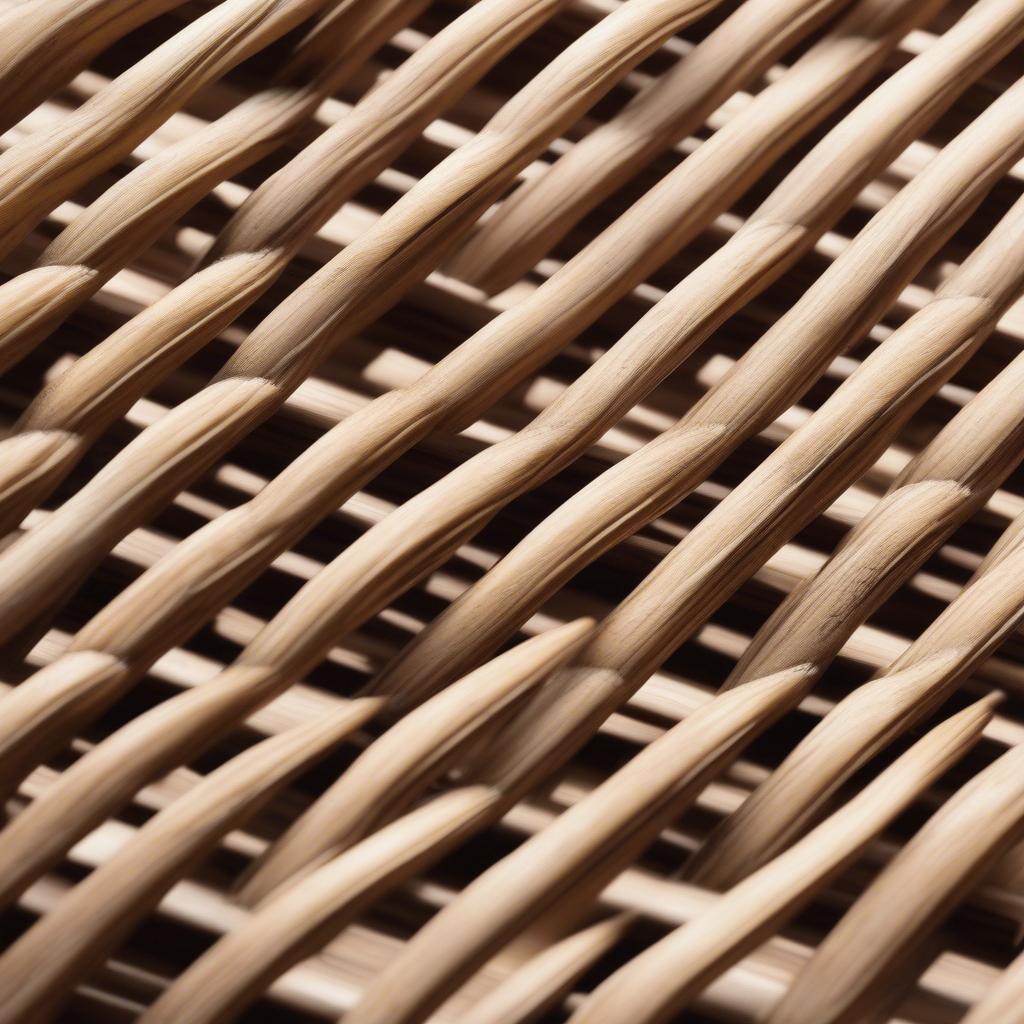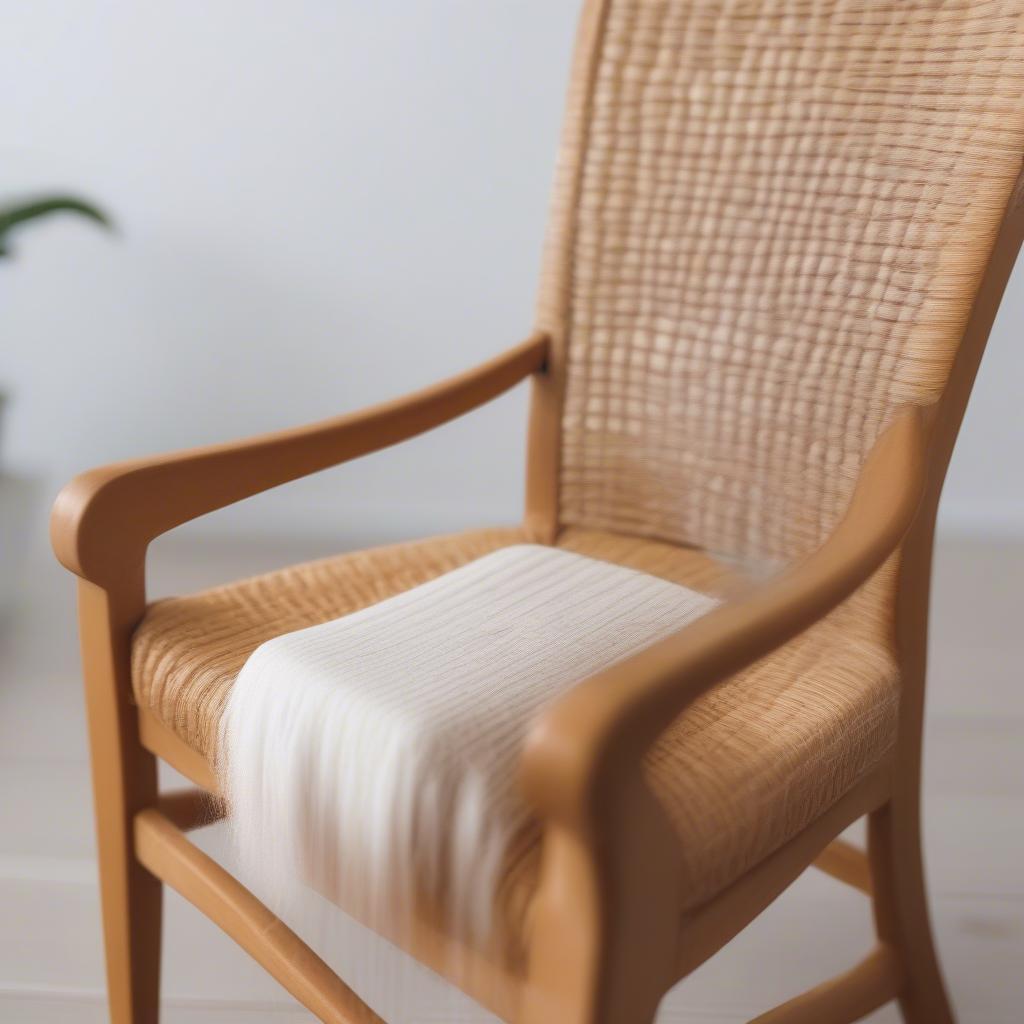Weave Chair
The Ultimate Guide to Chair Weave Material
Choosing the right Chair Weave Material is crucial for achieving both comfort and durability. Whether you’re restoring a vintage piece or crafting a brand new chair, understanding the nuances of different weaving materials is essential. This guide delves into the world of chair weave materials, exploring their unique properties, advantages, and applications to help you make an informed decision.
 Comparing Different Chair Weave Materials
Comparing Different Chair Weave Materials
Exploring Popular Chair Weave Materials
From natural fibers like rattan and wicker to synthetic options, the variety of chair weave materials can be overwhelming. Let’s break down some of the most popular choices:
- Rattan: Known for its strength and flexibility, rattan is a natural material derived from climbing palm trees. Its natural resilience makes it ideal for intricate weaving patterns and robust chair frames. Rattan furniture can add a touch of elegance to any space.
- Wicker: Often confused with rattan, wicker actually refers to the weaving process itself, not a specific material. Wicker can be crafted from various materials, including rattan, willow, and bamboo. It offers a versatile aesthetic, ranging from rustic charm to contemporary chic. chair caning seat weaving is a popular wicker technique.
- Seagrass: A sustainable and durable option, seagrass brings a natural, earthy texture to chair designs. It’s relatively resistant to moisture and fading, making it a practical choice for indoor and covered outdoor use.
- Paper Cord: A surprisingly strong and versatile material, paper cord is crafted from twisted paper fibers. It offers a unique aesthetic and can be used to create intricate woven patterns. Paper cord is a cost-effective and eco-friendly choice for chair weaving.
Understanding the Durability of Chair Weave Material
The longevity of your woven chair depends heavily on the material you choose. Factors like weather exposure, usage, and maintenance all play a role.
What is the most durable chair weave material? While each material has its strengths, rattan generally takes the lead in terms of durability, especially when used for structural elements. Synthetic materials also offer excellent resistance to wear and tear, making them suitable for high-traffic areas.
 Durable Rattan Chair Frame
Durable Rattan Chair Frame
Choosing the Right Chair Weave Material for Your Needs
Selecting the ideal chair weave material requires considering your lifestyle and intended use.
What is the best chair weave material for outdoor use? For outdoor furniture, synthetic resin wicker or treated natural fibers offer the best weather resistance. They can withstand exposure to the elements without significant deterioration. You might also like a weave dining chair for outdoor settings.
What about indoor use? For indoor furniture, natural fibers like rattan, wicker, and seagrass create a warm and inviting atmosphere. Diamond weave wicker egg chair is a trending indoor choice. Paper cord offers a unique and stylish alternative.
Maintaining Your Woven Chair
Proper care and maintenance can significantly extend the lifespan of your woven chair, regardless of the material. Regularly cleaning the chair with a soft brush and mild soap solution can prevent dust and dirt buildup. Protecting natural fibers from prolonged sun exposure and excessive moisture will also help preserve their beauty and integrity. Learn how to weave a chair seat with twine or weaving a chair seat with binder cain to maintain your chair effectively.
 Cleaning a Woven Chair
Cleaning a Woven Chair
Conclusion
Choosing the right chair weave material is an important decision that impacts both the aesthetic and durability of your furniture. By understanding the unique properties of each material and considering your specific needs, you can select the perfect chair weave material to enhance your living space. Understanding chair weave material is a crucial part of making the right purchase.
When you need assistance, please contact our Hotline: +84 388 951 999, or visit us at Hanoi, Vietnam or Tech Avenue, Suite 12, San Francisco, CA 94105, USA. We have a 24/7 customer service team.
